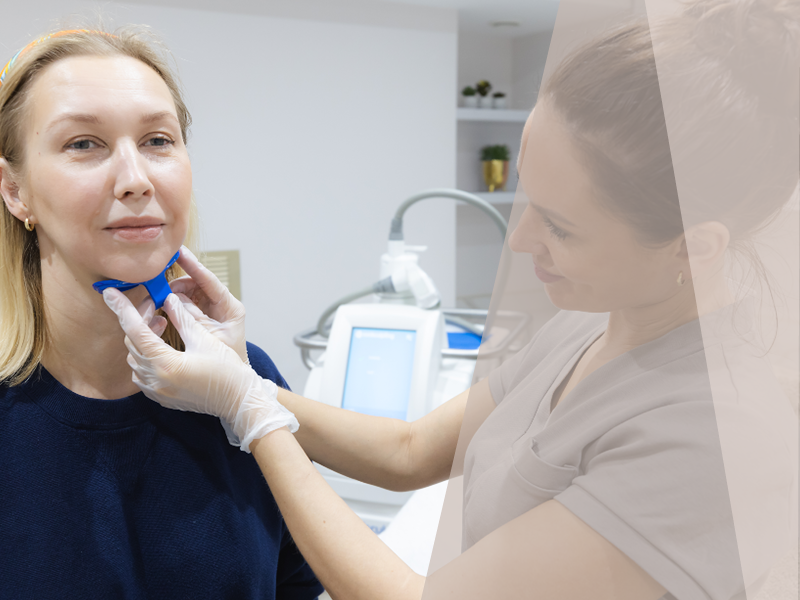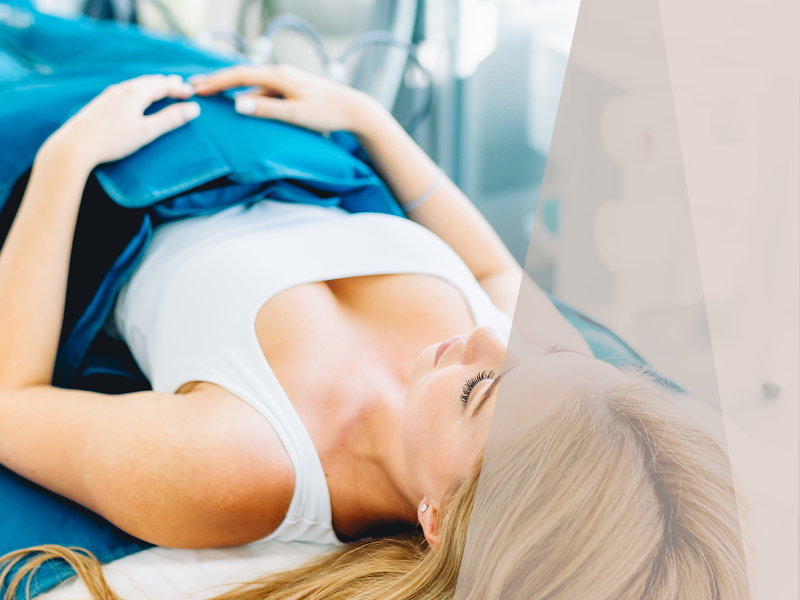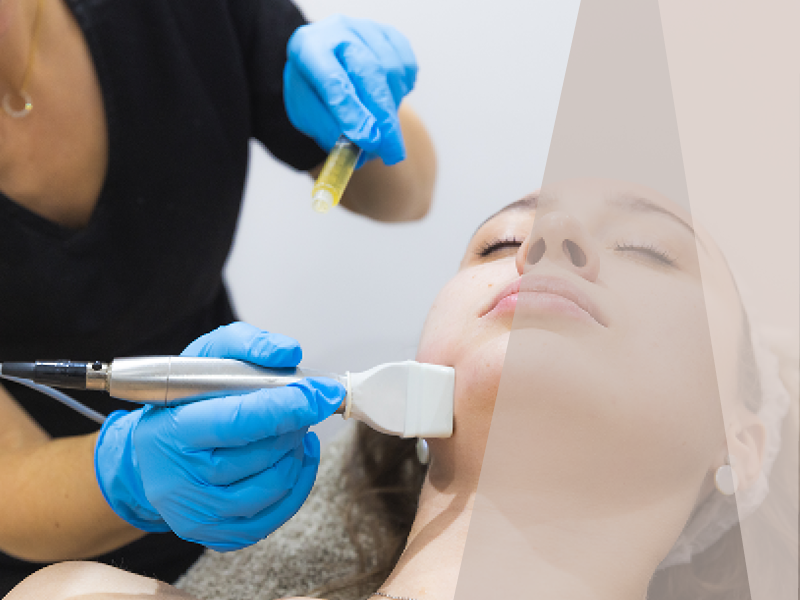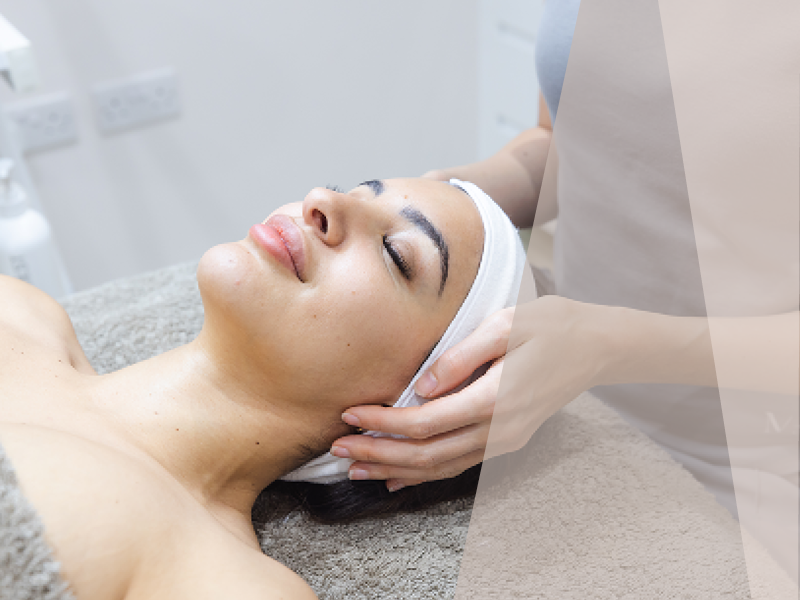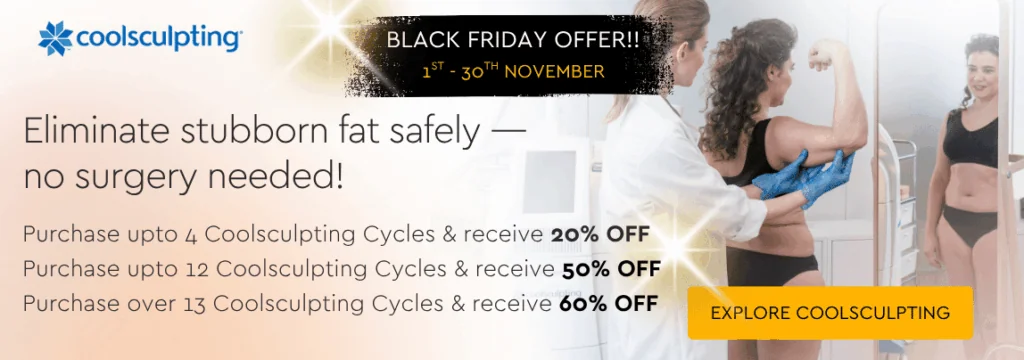
Acne scar removal
Effective acne scar removal is possible, and we offer a number of different resurfacing treatments at Aesthetics Lab to help you experience the best outcomes for your skin. Book a consultation to discuss your individual needs & receive personalised treatment recommendations.
- Multiple treatments available
- Options from scarring prevention & removal
- Lasting skin health & radiance
What is acne scarring?
Known medically as Acne Vulgaris, it is a skin disease characterised by red spots on the surface and beneath the skin. This skin condition is caused by an excess of sebum, the oily substance produced by glands found at the base of hair follicles. When these glands produce too much sebum, the follicles become plugged with dead skin cells, debris, and P. acnes bacteria, resulting in spots and inflammation. With the right expertise, care, attention and the latest technologies, many people see an improvement and reduction of acne and acne scarring.
Symptoms of acne scarring
Acne symptoms can vary from mild to severe, with mild acne generally being more easily treatable. Teenagers get acne because of the hormonal changes that come with puberty. In many cases acne is genetic – if you have a family history of acne, it’s more likely that you will get it too. The good news is that, for most people, acne goes away almost entirely by the time they are 20.
The most common type of acne is acne vulgaris. It usually shows up on the face, neck, shoulders, upper back, and chest. So, how does acne develop? The pores in our skin contain sebaceous glands, which produce oil that lubricates hair and skin. Most of the time, the sebaceous glands make the right amount of sebum. As the body begins to mature and develop, though, hormones stimulate the sebaceous glands to produce more sebum. This leads to pores becoming clogged with too many dead skin cells. Bacteria (especially one called Propionibacterium acnes) can then get trapped inside the pores and multiply. This causes swelling and redness — the start of acne.
Acne can manifest in the form of whiteheads (pore gets clogged up and closes but bulges out from the skin), blackheads (pore gets clogged up but stays open, the top surface can darken) and nodules (infected lumps or cysts that are bigger than usual spots and can be painful to touch).
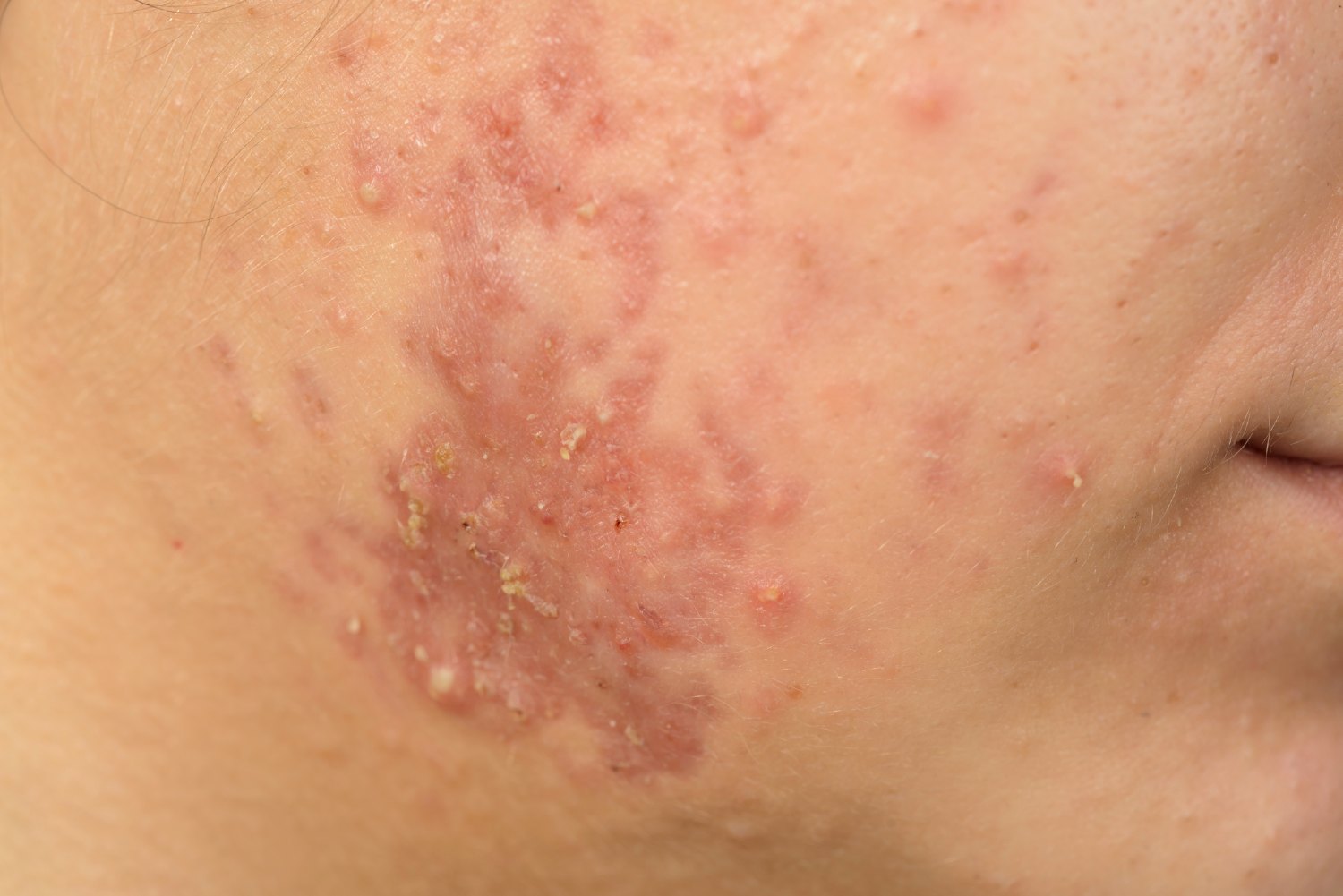
Causes of acne scarring
Acne can leave behind scarring and skin discolouration even after it’s long gone. Some of the causes include:
- Hormonal changes or imbalance
- Excess sebum production
- Family history of acne
- Polycystic ovary syndrome
Here at Aesthetics Lab, we understand the importance of acne scar removal for people who have suffered from acne, so if you’d like more information, why not get in touch with our team.
1
RESIST OVER-DRYING AFFECTED AREAS, AS THIS WILL LEAD TO FURTHER OVERPRODUCTION OF OIL.
2
DON’T ATTEMPT TO SQUEEZE SPOTS AT HOME, THIS CAN CAUSE SCARRING.
3
Avoid heavy makeup which can clog pores further and choose mineral make-up instead.
4
ALWAYS REMOVE YOUR MAKEUP BEFORE BED AND OPT FOR SKINCARE FORMULATED FOR ACNE-PRONE SKIN.
* Results may vary


















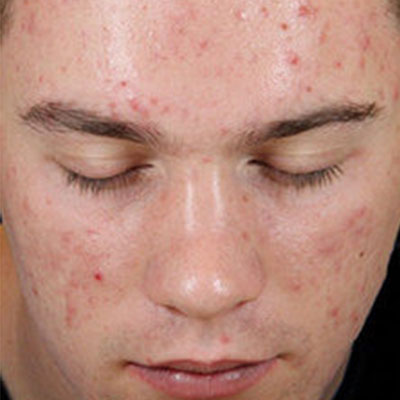 BEFORE
BEFORE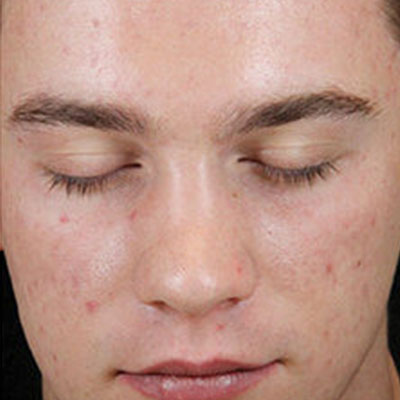 AFTER
AFTER BEFORE
BEFORE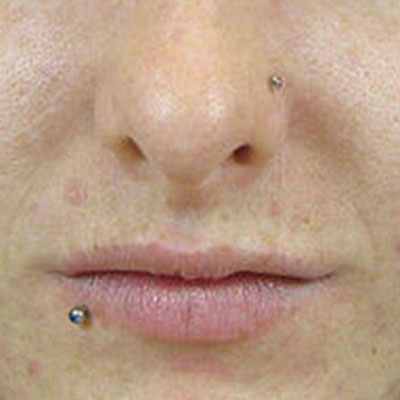 AFTER
AFTER
